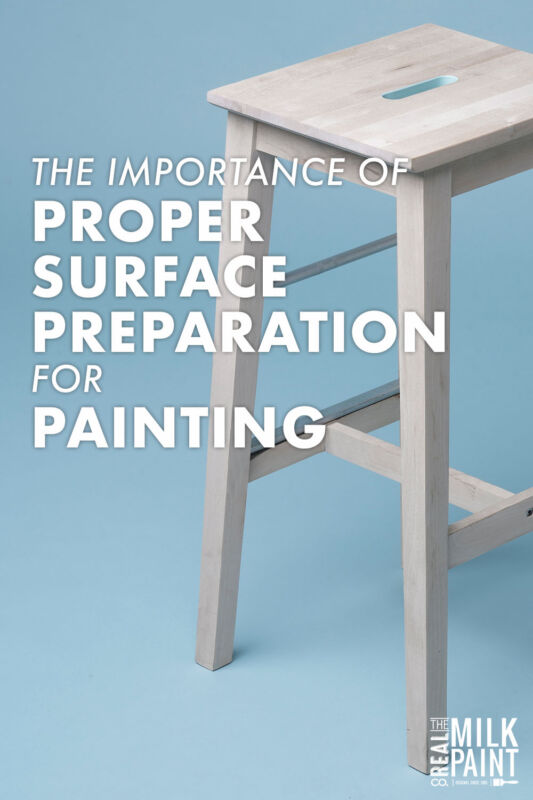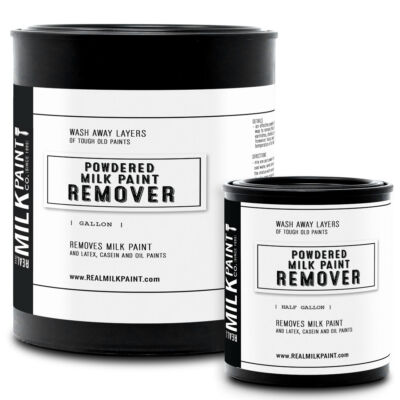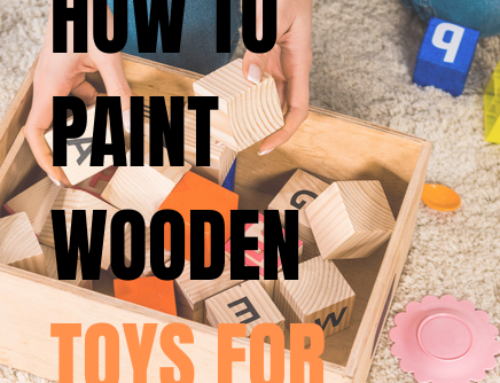 Proper surface preparation and proper prep work are often underestimated aspects of the painting process. Much like an artist preparing their canvas, preparing the surface adequately ensures a smoother application of paint, lessens the likelihood of peeling or blistering, and contributes to an overall superior end result and quality paint job. Yet, it’s crucial to determine the durability, longevity, and overall finish to obtain a high-quality result. Remember, no high-quality paint can cover up an inadequately prepared surface. Proper and meticulous surface preparation is the key to achieving a professional-looking paint job.
Proper surface preparation and proper prep work are often underestimated aspects of the painting process. Much like an artist preparing their canvas, preparing the surface adequately ensures a smoother application of paint, lessens the likelihood of peeling or blistering, and contributes to an overall superior end result and quality paint job. Yet, it’s crucial to determine the durability, longevity, and overall finish to obtain a high-quality result. Remember, no high-quality paint can cover up an inadequately prepared surface. Proper and meticulous surface preparation is the key to achieving a professional-looking paint job.
Why Surface Preparation for Painting is Crucial
In the realm of painting, preparing the material for the actual painting often stands as a cornerstone to achieving a flawless, long-lasting finish. It is the preliminary phase of prep work that, while often understated, lays the groundwork for every successful painting project.
Prep work for painting is rooted in how paint adheres to surfaces, allowing you to mitigate problems with the final result. Paint does not merely add color to the existing surface; it forms a bond with the material below—the stronger bond, the more durable and long-lasting the paint job. You must prepare the material to avoid the coat of paint sticking incorrectly.
A well-prepared surface is clean, free of dust and dirt, smooth, and primed for painting. Cleanliness and uniformity allow for a smooth application of paint that evenly covers the surface and dries evenly. Conversely, an improperly prepared surface or loose materials can lead to a paint job that appears uneven, bumpy, or streaky.
One vital aspect of surface preparation is ensuring your material is wholly and thoroughly cleaned up, dry, and moisture-free. Proper and clean surface prep work includes identifying, removing, and preventing moisture. Moisture can inhibit paint adhesion and promote blistering and peeling. It can also lead to the growth of mold and mildew under the paint.
Surface preparation further entails fixing surface damage, such as cracks, chips, or nail holes. These issues should be addressed to ensure the look of the final paint job and its durability. Filling in nail holes, smoothing out damage, and addressing other existing problems with the material allow you to create an even, continuous surface for the paint to adhere to, enhancing its longevity, coating performance, and aesthetic appeal.
While many surfaces will follow the same basic process to ensure adhesion failure doesn’t happen, different materials, such as metal surfaces, require different paint removers and primers. Preparation takes these factors into account based on the specific material at hand.
Surface preparation for painting is a step of paramount importance that cannot be overlooked or rushed through. It establishes the foundation for the paint, promoting improved adhesion throughout, durability, and an aesthetically pleasing result. Taking the time to prepare the surface correctly can make all the difference in your project’s success.
The Impact of Surface Preparation on Paint Adhesion
Surface preparation plays a vital role in paint adhesion, affecting the durability and lifespan of your paintwork. The process starts with cleaning the surface to remove any dirt, dust, or grease that could interfere with the adhesion of the new coating. Any existing paint should be assessed and, if necessary, removed or sanded to provide a smooth base. This meticulous prep work helps create a physical bond between the surface and the paint, leading to good paint adhesion and a durable finish that resists cracking, peeling, and other typical paint issues. Indeed, the secret to a long-lasting paint job is thorough surface preparation for painting.
Types of Surface Preparations for Painting
 The type of surface preparation for painting varies based on the material and condition of the surface. Generally, it includes cleaning, scraping, sanding, patching, and priming. Cleaning removes dirt, grime, and mildew while scraping and sanding help remove loose or peeling paint and smooth surfaces. Patching fills any holes or cracks, and priming seals the surface and provides a suitable base for the paint. Certain surfaces may require additional steps, such as etching for smooth surfaces or using a deglosser for glossy surfaces. Selecting the appropriate surface preparation methods ensures an excellent finish that lasts.
The type of surface preparation for painting varies based on the material and condition of the surface. Generally, it includes cleaning, scraping, sanding, patching, and priming. Cleaning removes dirt, grime, and mildew while scraping and sanding help remove loose or peeling paint and smooth surfaces. Patching fills any holes or cracks, and priming seals the surface and provides a suitable base for the paint. Certain surfaces may require additional steps, such as etching for smooth surfaces or using a deglosser for glossy surfaces. Selecting the appropriate surface preparation methods ensures an excellent finish that lasts.
Common Mistakes in Surface Preparation for Painting
Surface preparation for painting is the cornerstone of a successful paint job. However, many individuals don’t pay attention to its importance or hastily rush through the process, leading to numerous avoidable mistakes. Understanding these errors can provide a more precise understanding and help avoid pitfalls in your painting project.
Dust, dirt, and grime accumulate on surfaces over time, and failing to remove old paint and surface contaminants can severely hinder paint adhesion. One common mistake is skipping the cleaning and paint removal step. Failing to eliminate pre-existing problems with the material’s surface often results in a patchy finish that lacks durability.
Another area for improvement is to clean surfaces and allow sufficient drying time between each step to prepare the material. After cleaning, surfaces need ample time to dry before sanding or priming. Ignoring this step can trap moisture underneath the paint, leading to blistering or peeling over time.
Failure to remove loose or peeling paint is another error often made during surface preparation. The new paint layer is set up for failure by not scraping or sanding these areas, as it merely sticks to the old, loose, existing paint coatings instead of the actual substrate material. This leads to quicker deterioration of the surface profile.
Many individuals skip priming, especially when the surface appears smooth and clean. However, primer provides more than just a smooth and clean base; it also seals porous surfaces, blocks stains, and enhances the paint’s durability and vibrancy.
Another error lies in using incorrect or low-quality tools and materials. Using the right quality tools and materials for cleaning, sanding, and priming ensures a more consistent, lasting finish. Cheap, inferior products might save some money upfront but can cost more in the long run when the paint job doesn’t hold up.
Lastly, a common mistake is rushing the entire surface preparation and painting process. The surface preparation process requires patience and attention to detail. It is not a process where corners can be cut without compromising the result, and you’ll end up with a sloppy paint job. Remember, the more time and effort you put into preparing the actual surface painting, the better the final paint job will be. Avoid these common mistakes to ensure a long-lasting, beautiful finish that transforms your space.
Properly Prepare Your Project for Painting with Real Milk Paint Products
At Real Milk Paint, we understand proper surface preparation for painting, so we offer a range of quality products to help you achieve professional results. From our all-natural paint strippers and tools to our organic cleaners and versatile primers, we have everything you need to prepare your surface for a fresh new coat of paint. Discover our range today, and set the stage for a stunning, long-lasting finish! Keep the durability and aesthetic of your paint job; use Real Milk Paint products to prepare your surface correctly and witness the difference it makes.



